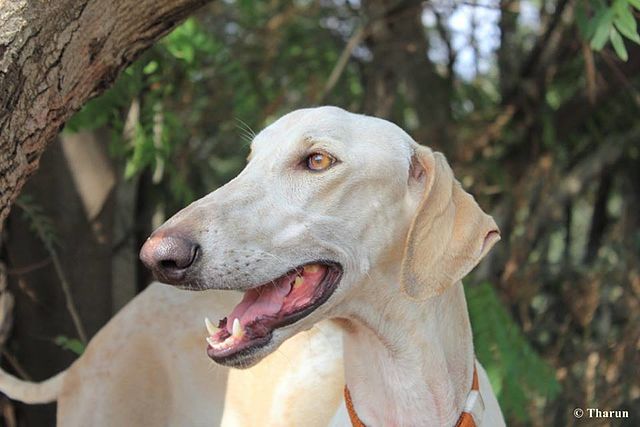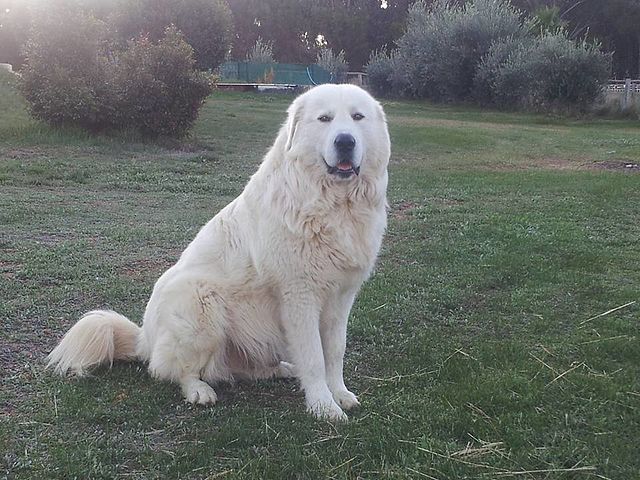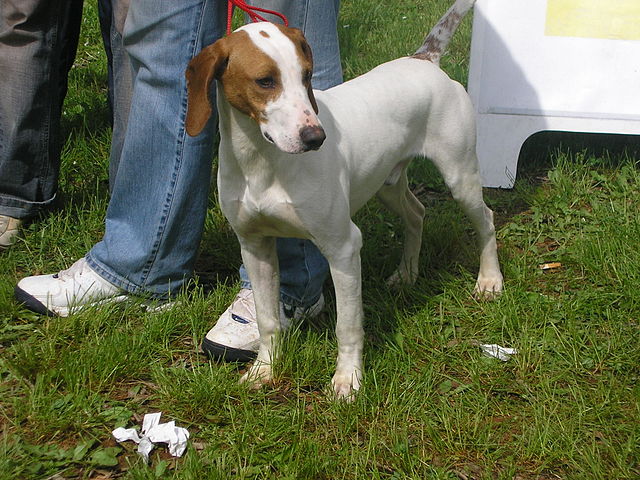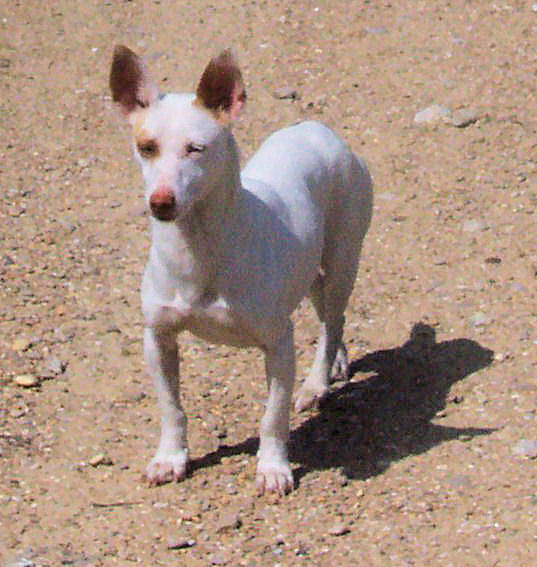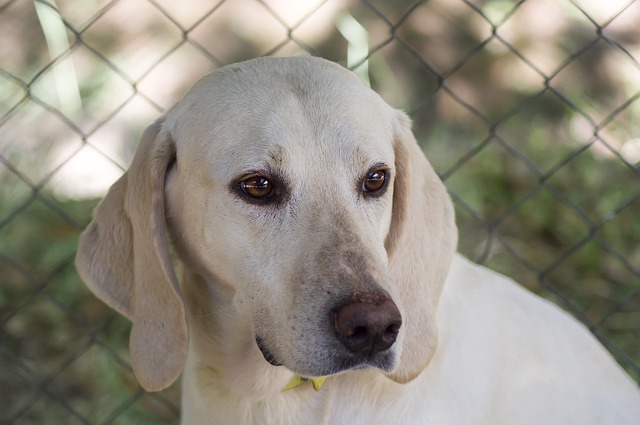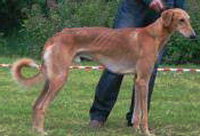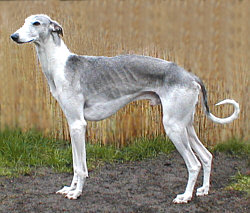The Akbash Dog is an ancient Livestock Guardian Dog from Turkey, and was named by the USDA in the 80’s as one of the best predator control dogs for livestock. In addition to their superior watchdog skills, they also tend to be easier to keep than other LGDs. They are valued for their stable temperaments and low chance of biting both people and livestock. They take their job of livestock guard very seriously and are quite protective, but unlike other LGDs have less inclination to actually attack when they feel the herd is threatened. This said, they put on a good show towards intruders with barking/growling/etc, which keeps many predators (or human intruders) away out of sheer fright. This also means they can make great watchdogs for a human family as well, but only should be owned by experienced dog owners – particularly those accustomed to LGD molosser breeds.
The Akbash is very independent-minded and not known for his quick responses to commands. He is quick to housebreak, however. Due to his giant size, obedience training is a necessity! An Akbash is designed to work long hours, which means if he doesn’t have a job to do then he will become bored very quickly. Normally this job is livestock guarding, and as such he is pre-programmed to spend all day watching livestock all day on vast acreage. If this isn’t an option then he needs an alternative job, and obedience training can fulfill this role.
Akbash Dogs do best in homes with large, securely fenced yards, and with families who have stable routines. They like to know what to expect out of their environment, and how they fit into it. The fenced yard comes into play because these dogs also need to understand where their territory boundaries are – otherwise they may roam, thinking that the extended areas outside the property is also their territory which needs to be defended. This is dangerous because most have no fear of cars and will walk right into the middle of the street with no hesitation. When the yard is clearly marked by a fence, they are content to stay on their property. Invisible fences are not recommended for this breed as most will just run right through them. Apartments are also not recommended.
The Akbash was bred to be distrustful of strange dogs, and as such is not a good candidate for dog parks, doggie daycare, or similar settings where off-leash dogs are thrown together to play. This said, he tends to do just fine with dogs raised in the same household although he will likely try to take on the most dominant position. Where two equally dominant dogs are involved, there may be fights until the position of order is determined. As might be expected because of their original purpose, they get along fantastically with livestock and other animals and often form strong bonds with all sorts of other animal species. They get along with children and are loyal to their families – all in all, although they are independent-minded they do like to be close to their “charges”, whether animal or human.
Akbash Dogs are fairly quiet in the home although are always keeping an eye out for possible danger. Although more laid-back than similar breeds, they are still very watchful and suspicious of strangers. Wherever they are (inside or outside), they prefer to find a place with a good vantage point in which to sit and watch the goings-on. They aren’t a very active breed but they are a patient and watchful breed. This is a calm dog that needs only minimal exercise, although they should have enough of a yard to stretch their legs on a daily basis – particularly when young.
The Akbash Dog is a rare breed although is recognized by the UKC in the United States. Prospective owners should be prepared to wait if they want to get a puppy. They should also be prepared to invest in grooming equipment while they wait as this breed is a big shedder! The always-white coat (designed to blend in with sheep) is known for shedding profusely throughout the year, and even more so in the summer. While easy to maintain with brushing, it does require a commitment of regular brushing sessions – especially long haired dogs. They do come in both a long coat and medium coat variety although both coat types do require regular care.

Photo By OrysiaD

